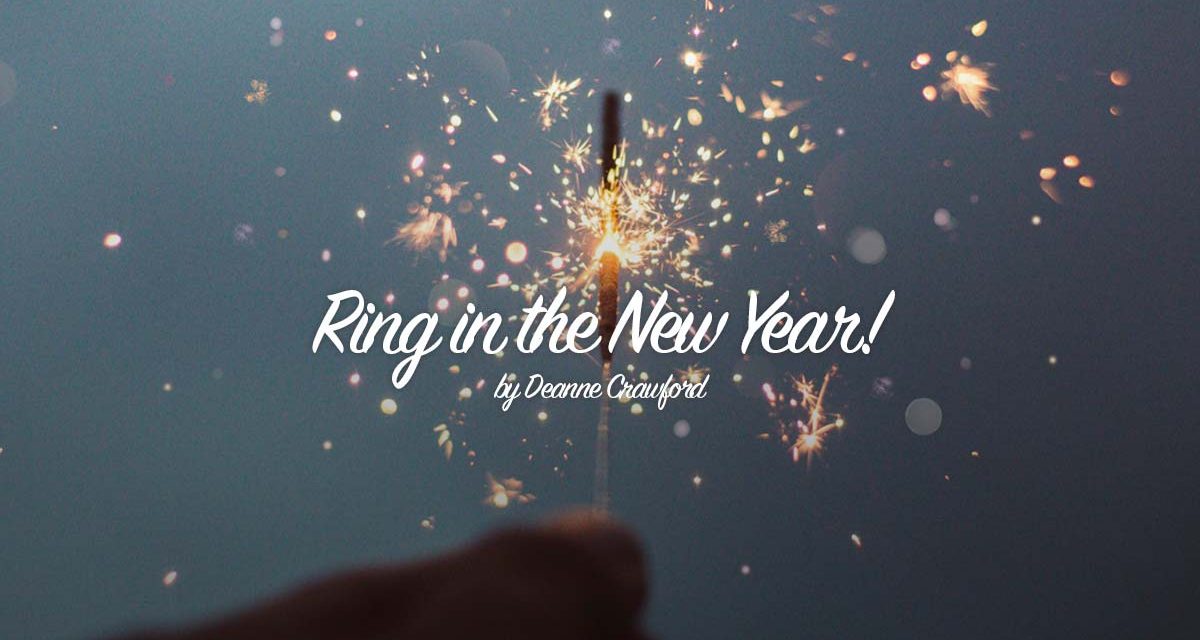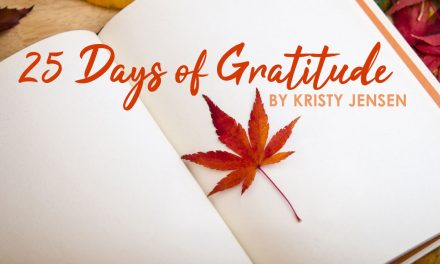Are you a take-the-tree-down-right-after-Christmas or leave-it-up-to-the-New-Year family? In my home, my children would love to leave the tree up all year long, but I confess there have been many years the tree came down Christmas night (gasp!) or first thing the next morning. You may be wondering how this relates to the title of this unit study. This month our study will look at the memories we make with our children as we welcome the New Year. Memories are often created tradition and my Christmas tree take down has become a laughable tradition in our home.
In the United States, New Year traditions center on the evening before and the stroke of midnight on the clock. Families with younger children will often move up the time and enjoy festivities while little ones are awake. With 39 different time zones in use, it takes 26 hours for the New Year to impact all peoples. Timeanddate.com has a great chart that shows when the New Year arrives throughout the world. This can be a great guide to plan a country specific celebration or move up the time to celebrate with youngers.
Throughout the world, firework displays at midnight are a popular welcome to the New Year. The earliest documentation of fireworks date back to their invention in 7th century China, and was believed to ward off evil and bring in luck and happiness. Interestingly, Alchemists in Ancient China had been commissioned to create a potion to enable the Emperors to live forever, which led the Alchemists to journey of discover potassium nitrate and sulfur. Learn more about the history of fireworks here. Although these chemicals did not offer unceasing life, they did provide two main ingredients in fireworks. As centuries have passed, the art and science of firework making has developed into an independent profession. With your children, check out this beautiful display of fireworks from 2017. If your children would like to learn more about the science behind fireworks, check out Planet Science and Cool Stuff: How it works.
In the U.S., the favored New Year’s celebration is the “ball drop” on Times Square in New York City. The first ball drop in NYC occurred in 1907, although 1904 marks the first celebration held at Times Square, which featured fireworks until banned by city officials in 1907. Weighing in at 700 lbs., the first Ball was made of iron and wood, and covered with 100-25-watt light bulbs. The Ball has undergone seven upgrades since then. Learn more about the history of the Times Square Ball. Today’s Geodesic sphere shape is a scientific and technological wonder, measuring 12 feet in diameter and weighing nearly 12, 000 lbs. Another famous geodesic sphere would be Spaceship Earth in Walt Disney World. Geodesic comes from two Greek words meaning “earth dividing.” In the geodesic dome, a half-sphere is divided into numerous interlocking triangles – the more triangles used, the stronger the structure. Learn more about Geodesic spheres and domes at Scientific America. Create your own Geodesic dome using this Gum-Drop STEM activity.
Other New Year traditions abound. Generations have consumed certain foods that were believed to bring good luck in the year to come. Easy to implement, this tradition is a great way to introduce your children to other cultures as well as enticing them to try new foods. Let’s explore food traditions and recipes.
Hoppin John is a Southern delight that is thought to have roots in African, French and Caribbean cultures. Wildly popular in South Carolina, the first Hoppin John recipe was found in an 1840s cookbook and is believed to have been prepared by domestic slaves as a bid for luck and peace in the new year.
Vasilopita is a cake or bread that is baked with a silver or gold coin in the center. This Greek tradition is thought to bring wealth and prosperity in the upcoming year. The historical significance of this tradition is found in the Orthodox Churches celebration of St. Basil, who defended the faithful during a difficult time of famine and excessive taxation. The feast of St. Basil is historically celebrated on January 1.
Rice pudding is a popular and traditional dish in Argentina, Bolivia, Uruguay, Honduras, Guatemala, Costa Rica, Spain, Portugal, Venezuela, Panama, Peru, Columbia, El Salvador, Nicaragua, Chile, the Dominican Republic, Puerto Rico, Ecuador and Mexico. There are also variations of sweet rice-based dishes known as sweet rice porridge common throughout Asia. However, it is the Nordic countries, Finland and Sweden, which are known to serve this beloved dish to welcome the new year. Tradition holds that a single almond or raisin is added to the recipe and the lucky recipient is promised a year of good fortune.
Ring shaped treats have been said to symbolize “coming full circle” at the end of the year and lead to good fortune in the year to come. In Dutch homes, Olie Bollen is served. These traditional fritters are considered the grandfather of today’s doughnut.
Another food tradition families may wish to experience includes Japanese Soba noodles which bring good luck in the year to come. Or try the unique tradition from Spain which is centered on eating 12 grapes precisely at midnight. It is believed this tradition will provide good luck in each month of the upcoming year. Wishing to symbolize your desire for prosperity in the year to come? Partake in the Swiss tradition of dropping a dollop of whipped (or ice) cream on the floors. The hardest part? It must remain on the floor throughout the day!
Just for fun this New Year Eve, dress in all polka dots! In the Philippians, wearing polka dots or other circle patterns is thought to bring prosperity to the upcoming year. Weather permitting, join the Aussie tradition of rodeos and picnics. While we in the northern hemisphere are experiencing (mostly) cooler weather, our friends in the southern hemisphere are thriving in warmer conditions. Teach children about the impact of the earth’s tilt on the hemispheres here.
I want to spend our last few minutes together talking about the New Year tradition known as “Watch Nights”. Watch Nights is traditionally a time for families and friends to come together, review the past year and share changes they wish to take in the year to come. Believed to be a religious celebration, the first recorded Watch Night is thought to have been held in 1733 on the estates of Count Nicholas von Zinzendorf in Germany. John Wesley, founder of the Methodist movement, picked it up from the Moravians and started a Watch Night vigil into the practices of his denomination. Held monthly, the first Methodist Watch Night was held in 1770 at Old St. George’s Church in Philadelphia. The end-of-year Watch Night of 1862 (also known as Freedom’s Eve) took on special significance with the impending January 1, 1863 enactment of the Emancipation Proclamation. Learn more about the significance of this Watch Night here.
Thank you for joining me on this journey into New Year traditions. It is my hope your family has enjoyed learning together and found new-to-you traditions to enjoy for years to come.





